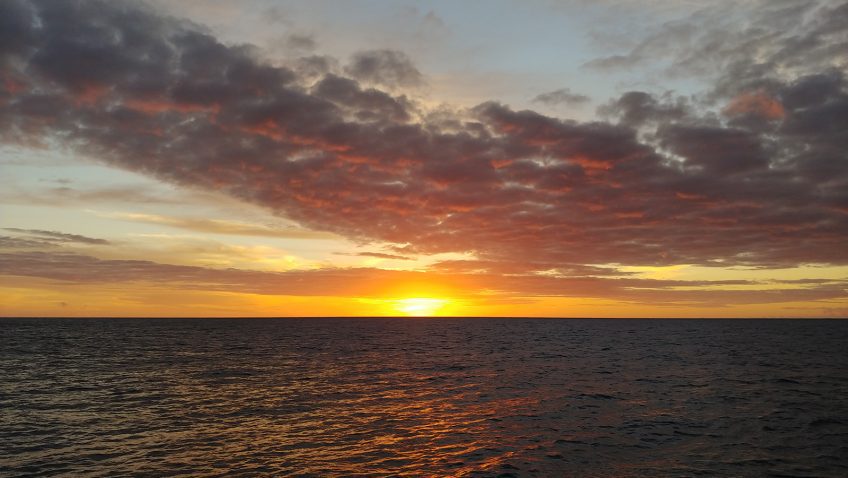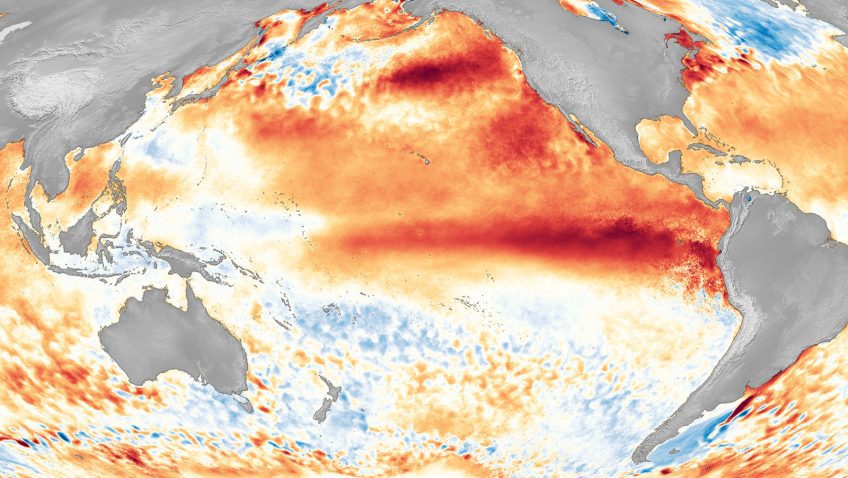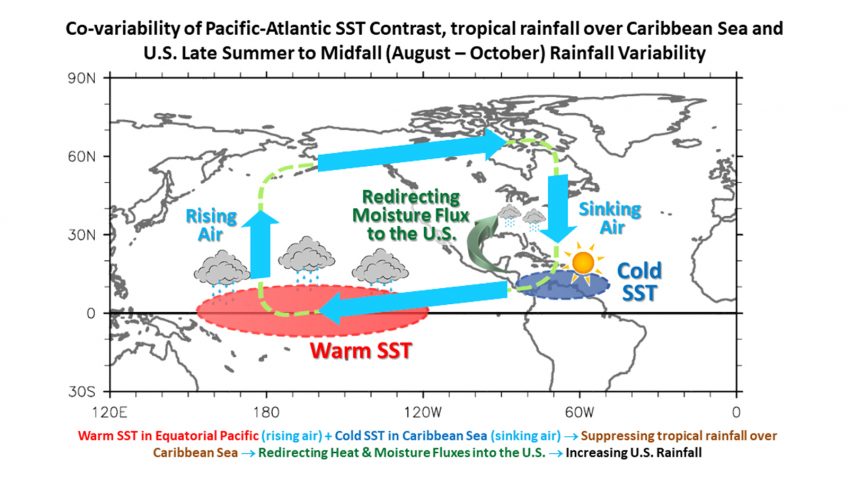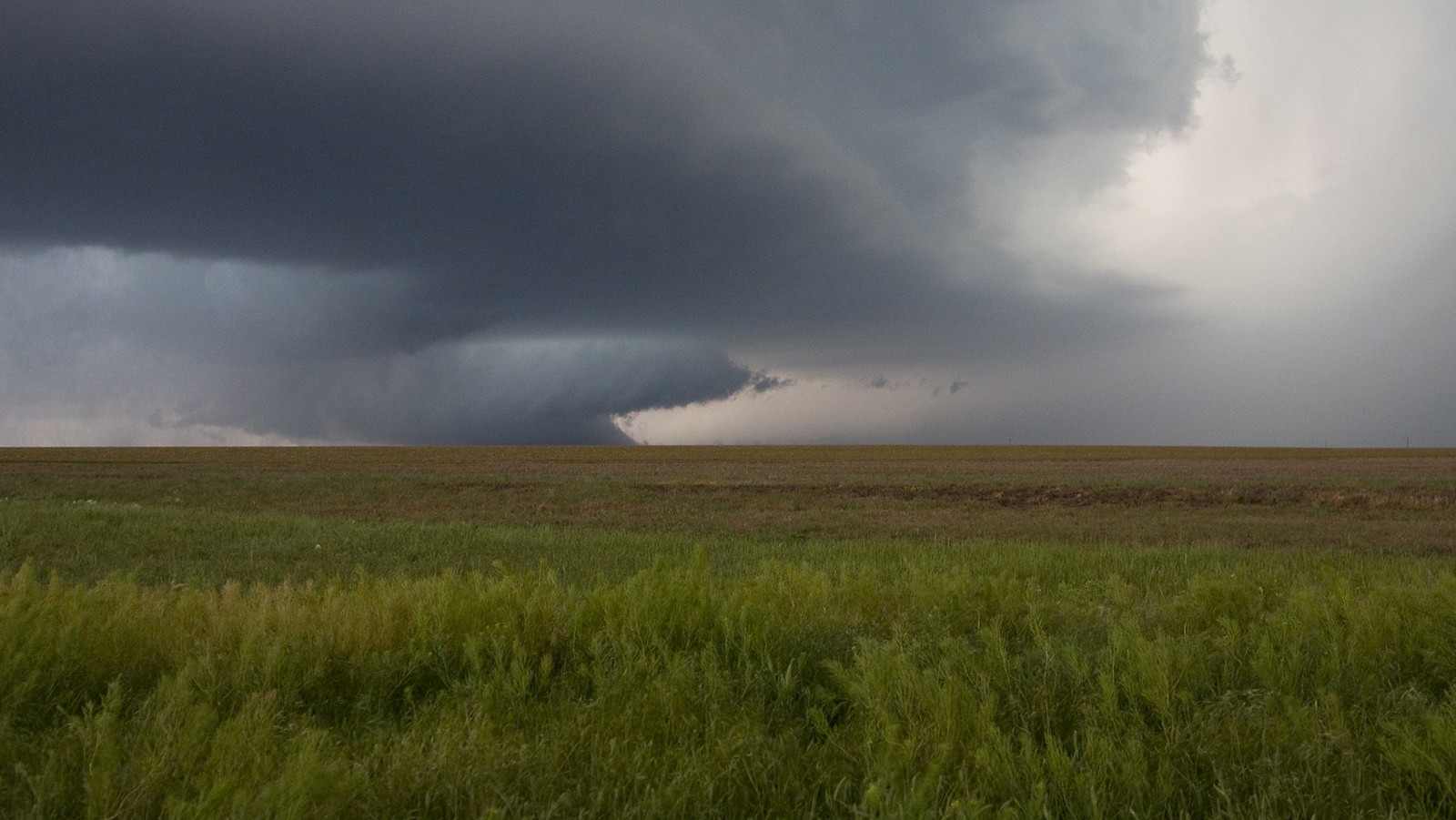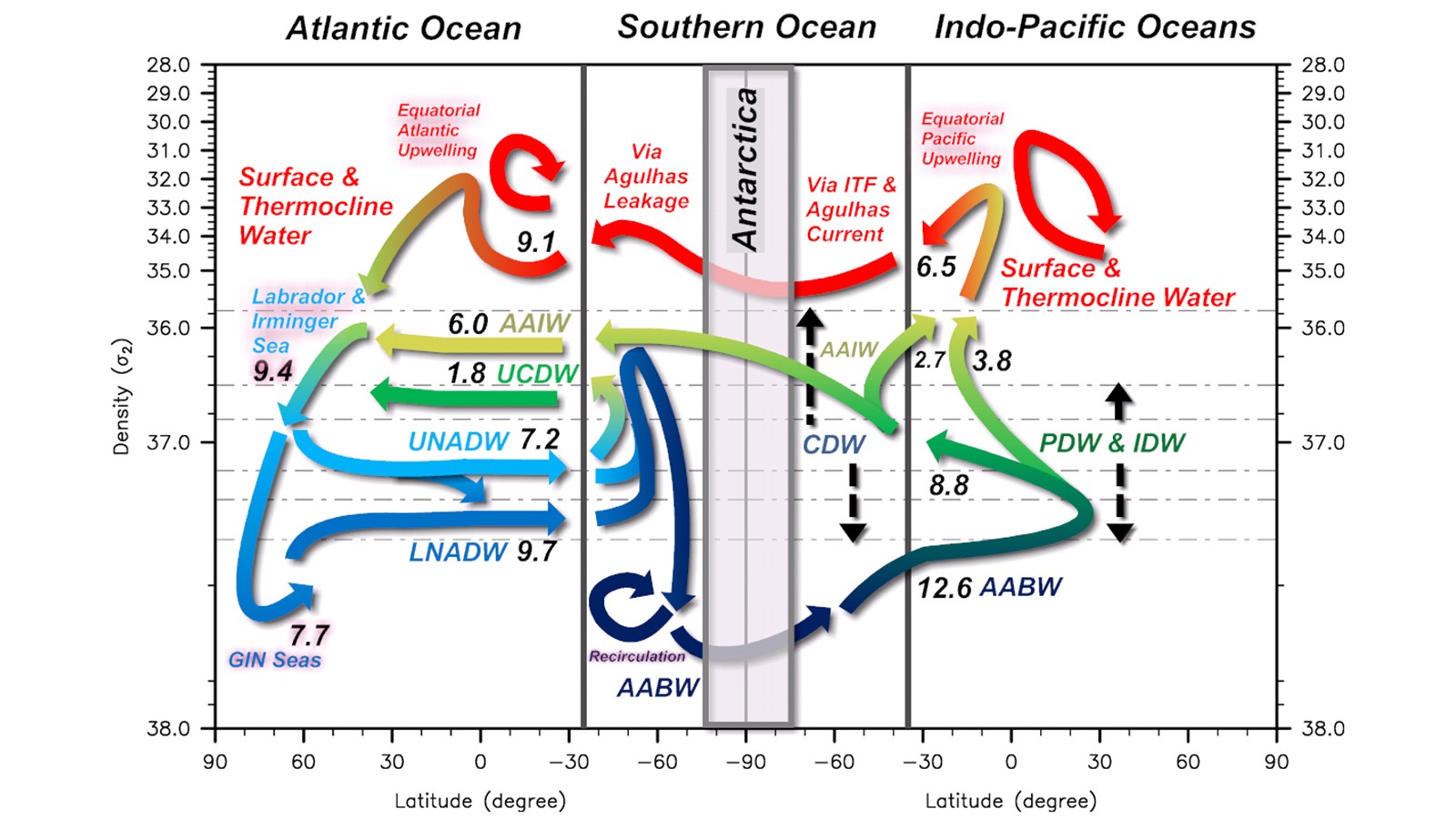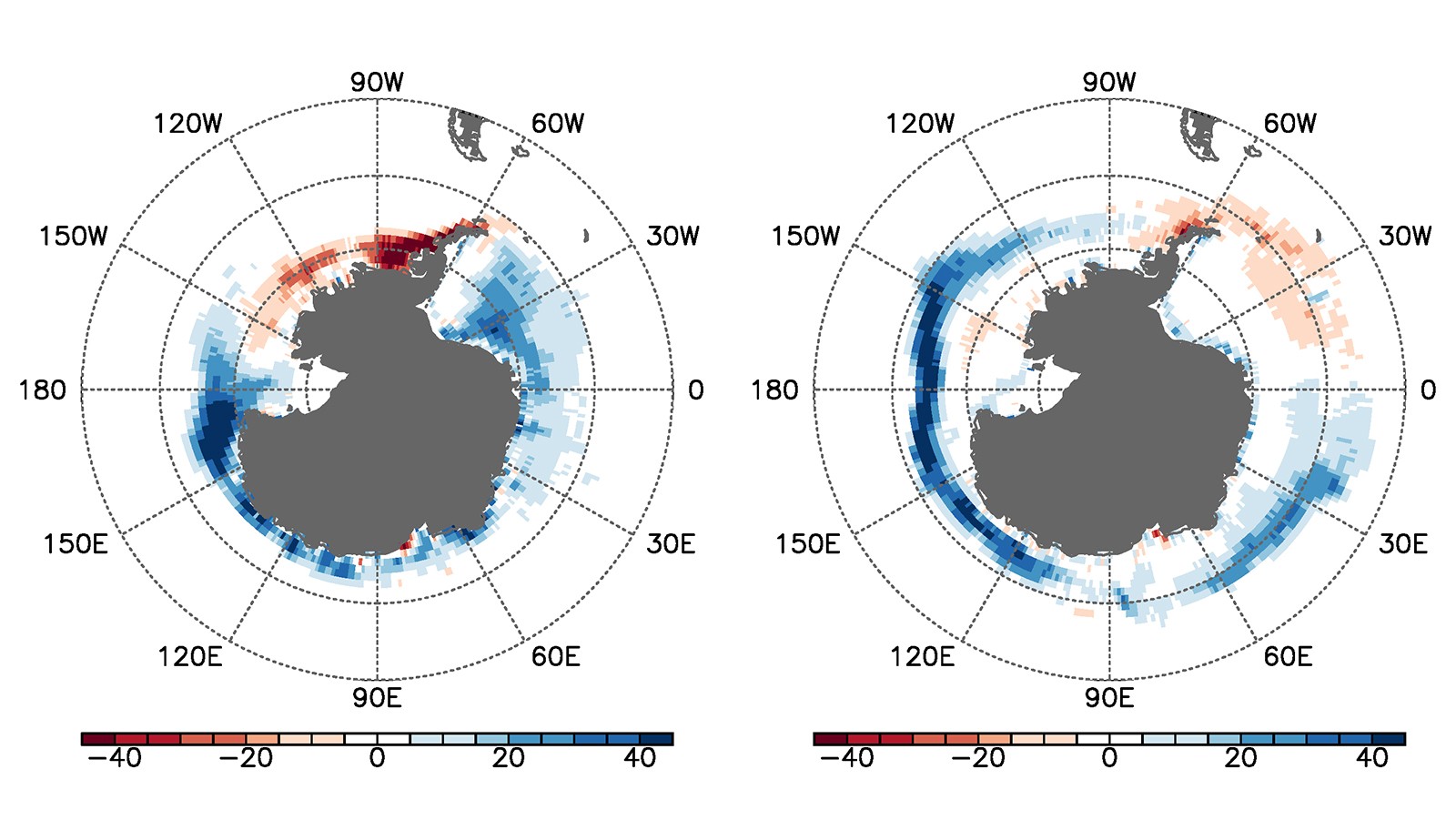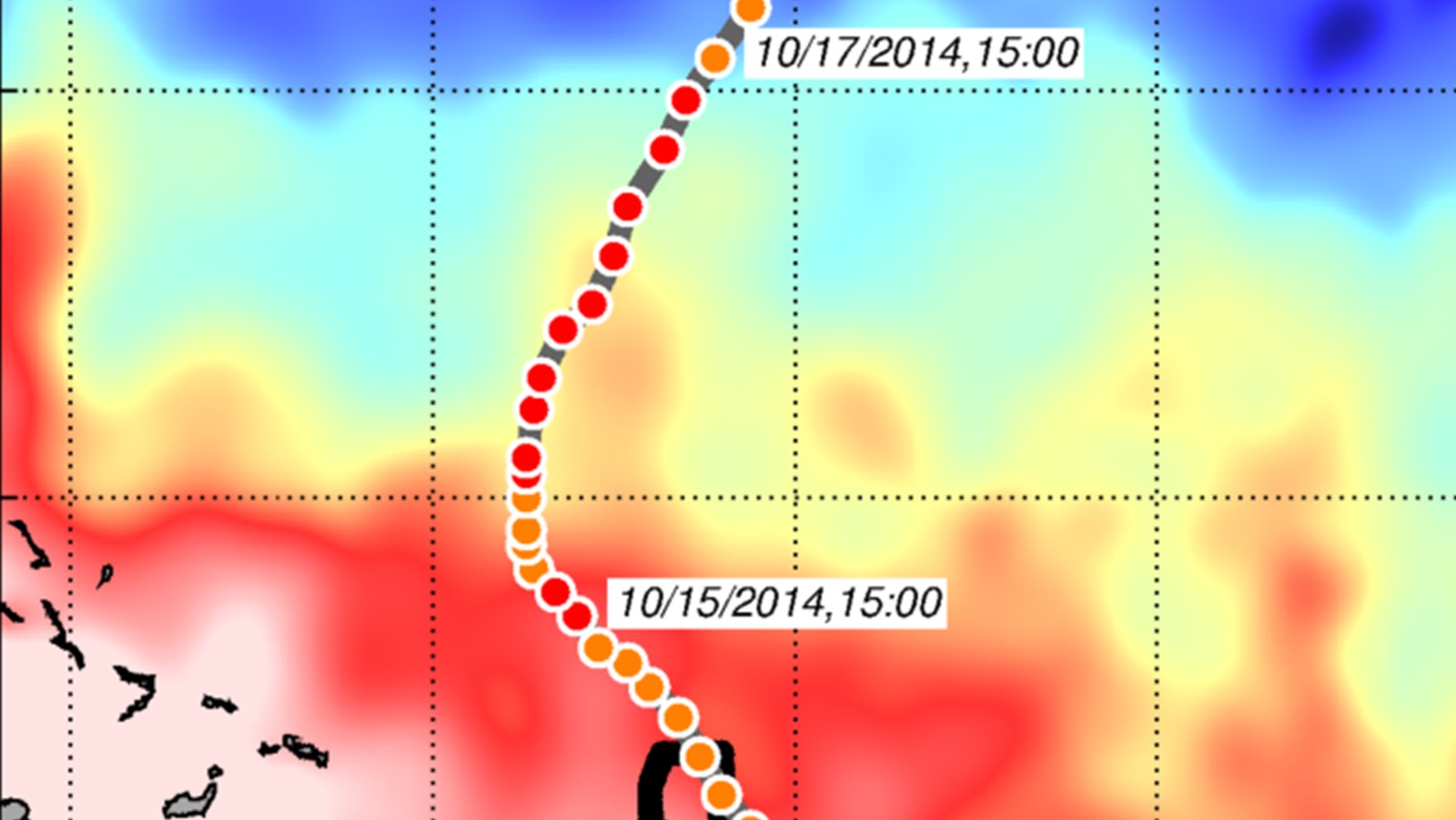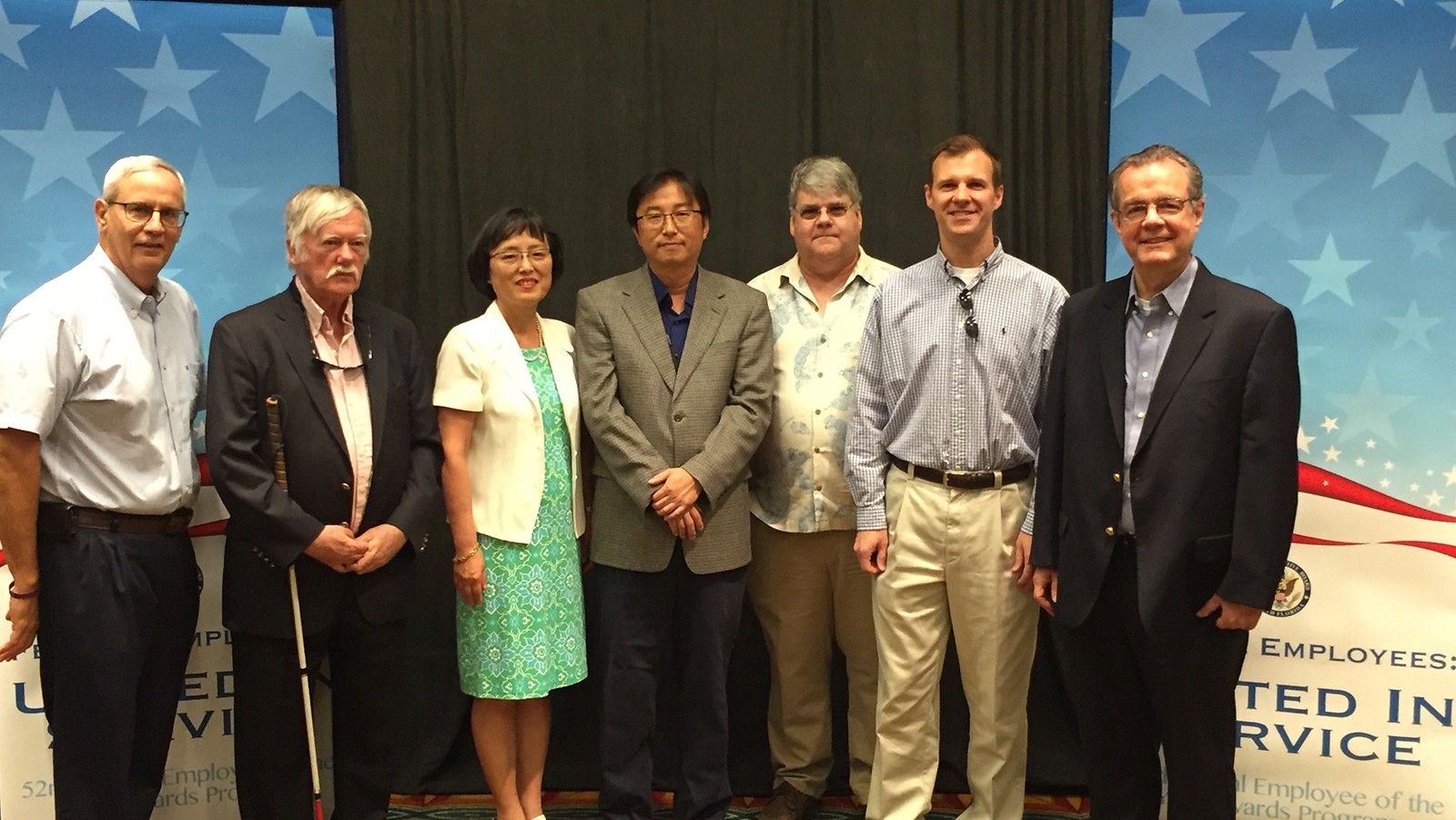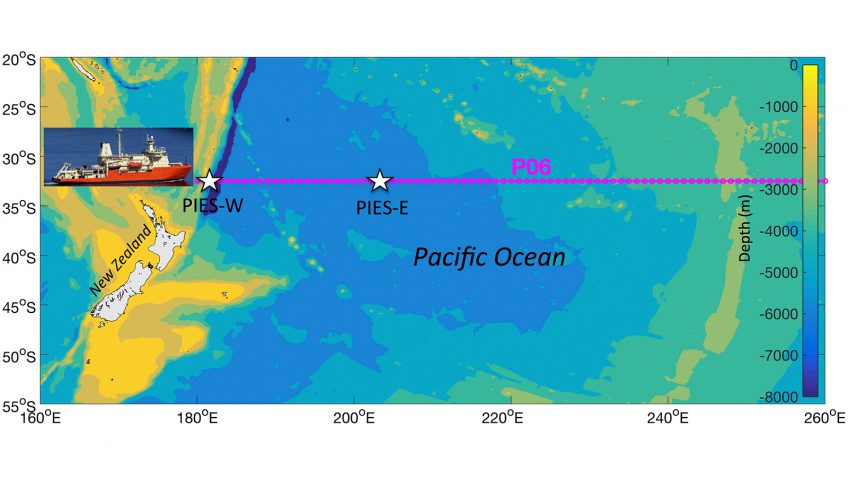The Unprecedented Reduction and Quick Recovery of the South Indian Ocean Heat Content and Sea Level in 2014-2018
In a recent study published in Science Advances, a team of scientists at AOML led by Denis Volkov used observations and idealized model simulations to explore what caused the abrupt reduction and ensuing recovery of the South Indian Ocean heat and sea level in 2014-2018.
